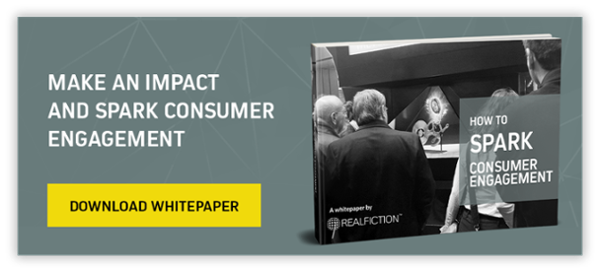Retail
Why People Buy. Mastering the Psychology of Retail in 2016 - Part 2
Lorem Ipsum is simply dummy text of the printing and typesetting industry. Lorem Ipsum has been the industry's standard dummy text ever since the 1500s,
Lorem Ipsum is simply dummy text of the printing and typesetting industry. Lorem Ipsum has been the industry's standard dummy text ever since the 1500s
Middle
Right
10 %
REVENUE INCREASE
10 %
REVENUE INCREASE
The Psychology of Retail continued ....
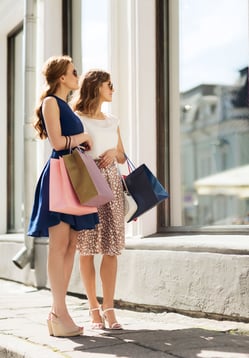
In Part 1 we looked at why people buy: how the buyers brain works, the influence of emotions and the importance of customer dwell time. In part 2 we’re going to explore the roots of our shopping habits, the psychology of colours and whether consumers get the most joy from the purchase or the product. Once you’ve finished reading this post hopefully you’ll be able to put yourself in your customer’s shoes and understand what their brain is telling them when they’re engaging with your brand.
Hunters and Gatherers
“Women enjoy shopping more than men.”
We’ve heard this a thousand times before, but is there any real substance to it?
Well the short answer would be yes, there is a substantial amount of research to support the claim of women enjoying shopping more than men.
However it’s more to do with women enjoying shopping for longer than men, rather than enjoying the actual transactional stage of the purchase any more.
A survey of 2,000 British people conducted in 2013 found that men become bored after only 26 minutes of shopping, while it took women a full two hours
This matches up with the logic of women going out to ‘gather’ when they shop and men going to ‘hunt.’
Allow us to explain.
Until around 8000 BCE human beings had to fend for themselves. They weren’t always within 10 meters of a McDonald's and the term ‘fast food’ would have meant a difficult meal to catch.
It was men who were the hunters. They would go out and catch wild animals to bring back to camp. Meanwhile the women, the gatherers, would spend their time looking for ripe fruits, nuts, seeds, plants and fresh vegetables.
You can clearly see how these two styles reflected in modern day society shopping habits.
Interestingly those many years ago it was the gatherers who actually provided about 80% of the food to their family, meaning their diets were largely vegetarian.
Now that we’re in 2016 these two styles of shopping have spilled slightly across both sexes, however the hunter and gatherer mentality is still very evident in the retail world across the board.
So if these habits are still relevant and it’s the gatherers who are doing the most of the consuming, retailers should be catering towards this style of shopping by making the in store experience about browsing and foraging rather than buying.
Because at the end of the day, anyone who is a hunter by nature, is more likely to find what they want online.
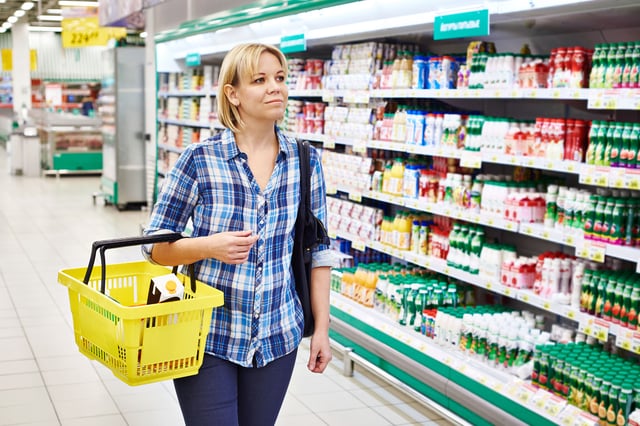
The Joy of the Purchase
We know it’s no secret that people enjoy shopping.
Not just the products they acquire either, we’re talking about the actual process of purchasing something. We’re sure you’ve experienced it before, that nervous excitement you get when you’re paying for something expensive.
Studies of brain activity have suggested that when you are shopping surges of dopamine to your brain are linked to anticipation of an experience rather than the experience itself. It’s the excitement of something new, which also supports the claim that people will be more prone to buying if they’re shopping outside their usual environment, in a new city or on holiday for example.
You only need to look at sale items for further proof that we make purchases for reasons aside from the product. Consumers will regularly spend money in exchange for the feeling of making a saving.
“Because I got it in the sale when you think about it I actually made money,” is the sort of throw away comment you may hear from consumers trying to appease their conscious brain that kicked in once it’s far too late.
For the most extreme example of this we have Black Friday, where people will literally rip each others throats out just so they can tell their friends how much money they saved on a widescreen TV.
Do they already have a TV? Yes.
Do they need another TV? No.
Are they over the moon with the new TV? Yes
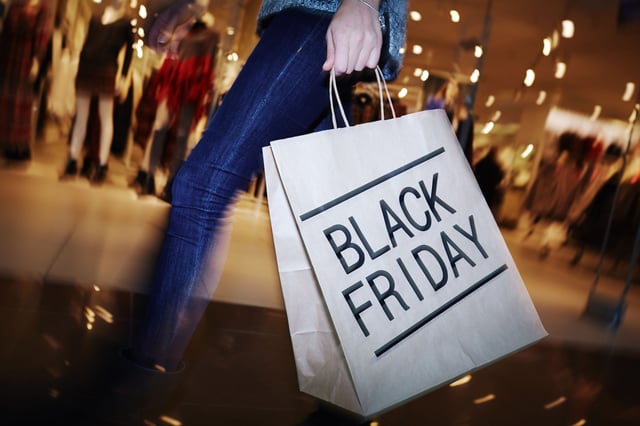
It’s that feeling of scarcity. We feel like an opportunity will never come around like this before. This is again links back to the hunter instinct within us.
It’s not just discount items that can bring joy to the shopper though, retail therapy is very real.
Often when people for sad or stressed it can be linked to a lack of control in their lives. Something unexpected going wrong or work getting the better of you for example. By going shopping and deciding whether or not to purchase products you manage to restore some control into your life.
So once again it would be the purchases and the in store experience bringing the joy, rather than the products.
Marketing guru Seth Godin talks about the joy/cash curve and argues that often the more expensive something is, such as a house or car, the less enjoyment involved in the purchase.
Maybe retailers have an opportunity here to flip this on it’s head, after all the more expensive something is the more you should want the consumer to enjoy purchasing it. Or maybe if they know that the purchase itself is going to be painful they can soften the blow with a stimulating, enjoyable in store experience prior to the final sale.
Touch and Colour
Now that we’ve dealt with the joy of the purchase, what about some of the factors that influence us along the way to that purchase.
Research has shown that touching an object increases the feeling of ownership. This shares correlation with the increasing trend for in store customer engagement. If you are able to demo a product then you are far more likely to form some sort of attachment to it.
So Apple having row upon row of ipads and iphones to play on is far more effective than stacking the shelves high with boxed products.
This is also why it’s so soul destroying to lose out on a house once you’ve walked around it and imagined your family playing in the back garden. It works exactly the same within the retail world. Once you’re touching and engaging with a product it feels nearly yours so subconsciously you feel closer to the final sale.
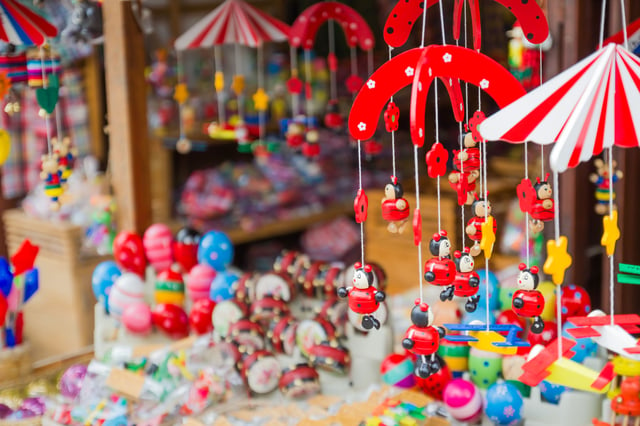
So it’s clear that touching something plays a key role in the buyer's journey but what about colour?
Studies have shown that 85% of shoppers place colour as a primary reason for purchasing a particular product. That statistic alone should be enough to prove that colour holds a lot of weight in the retail experience.
The clearest example of it at work is the fact that nearly all sale signs are the colour red.
Why is this?
It’s because the colour red forces you to act quickly on impulse. It’s linked to danger so it will immediately grab your attention.
A really interesting example of the power of colour is a marketing experiment carried out by Heinz who changed their classic red ketchup to green. The result? $23 million worth of sales in 7 months, the company's largest sales increase in history.
However after that sales soon started to twindle because people still associated ketchup with the colour red. So while the green managed to grab people’s attention at first, it didn’t overwrite the power of their brand identity in the long run.
So colour obviously has both short term and long term effects that need to be weighed against each other. A luminous pink might be great for a product launch but you might not want it to be the colour that your brand is tied to for life.
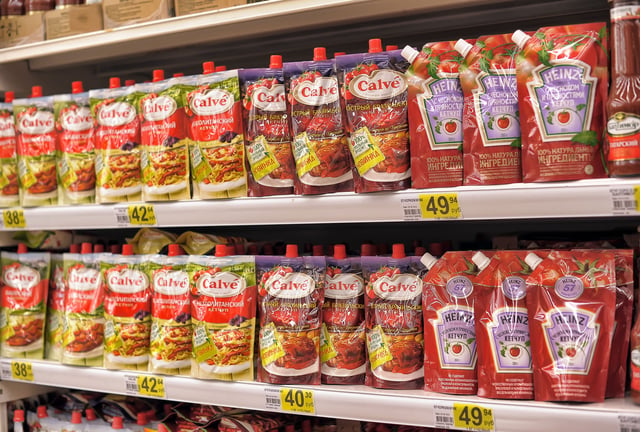
This is the psychology of colour in its most basic form, let’s delve a little deeper.
Take a look below at this basic colour spectrum that has been aligned with type of shopper and the sort of stores you can expect to find them in. It certainly adds up when you consider that Poundland stores have a teal branding and nearly every fast food outlet I can think of uses red in their branding (McDonalds, Burger King, KFC, Pizza hut, Domino’s).
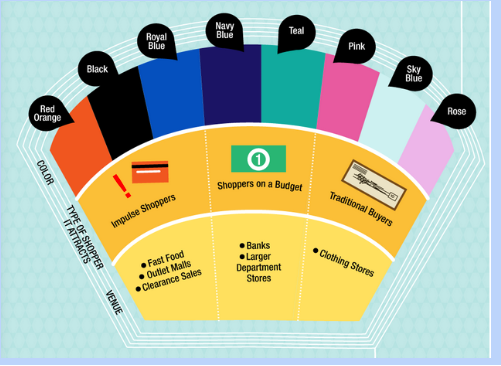
Faber Birren, a 20th century colour researcher found that bright colours made time seem to go slower while cooler and softer colours made time seem like it was flying by. This again supports the colour chart above.
How many times have you been shopping for clothes and you look at the time and you can’t believe your eyes? The cool and passive colours of many fashion retailers play a part in boosting customer dwell time and relaxing them into the in store experience.
It’s all about the customer
At the end of the day it’s all about your customers.
Are the colours within your stores bright and targeted at your customers impulses? Or are they calm and passive, allowing your customers to relax and browse for as long as possible?
It’s important to think about your store environment and products from the eyes of your customers rather than what you may necessarily think represents the brand the best.
Rather than just considering what it looks like, think about how the colour, touch or appearance of each aspect of the in store experience will make your customers feel.
Because there is clearly a lot going on in the brain throughout every step of the retail journey.
Dopamine is being pumped to the brain just from the prospect of making a purchase, men are in and out of shops quickly because they used to hunt pigs with spears and people will happily buy green ketchup.
That’s certainly food for thought.
Click here to read Part 1 of Why People Buy. Mastering the Psychology of Retail in 2016 - Part 1 if you missed it.
Dont miss out on news and insight from Realfiction -
